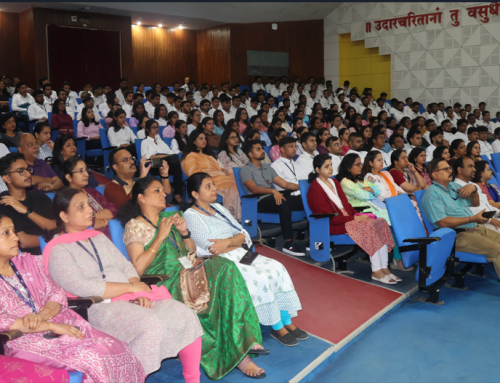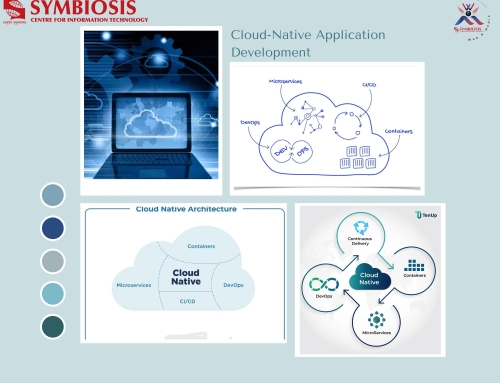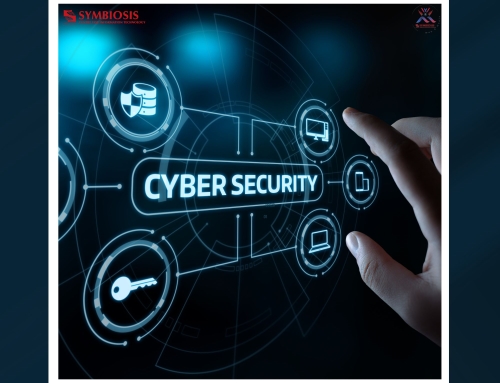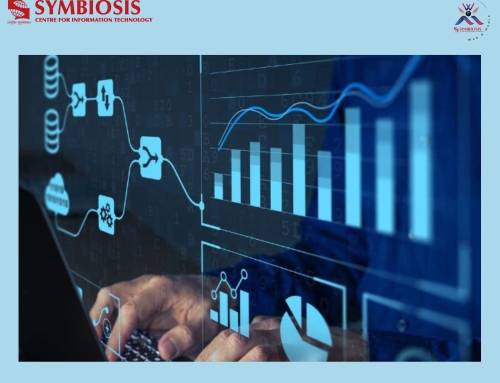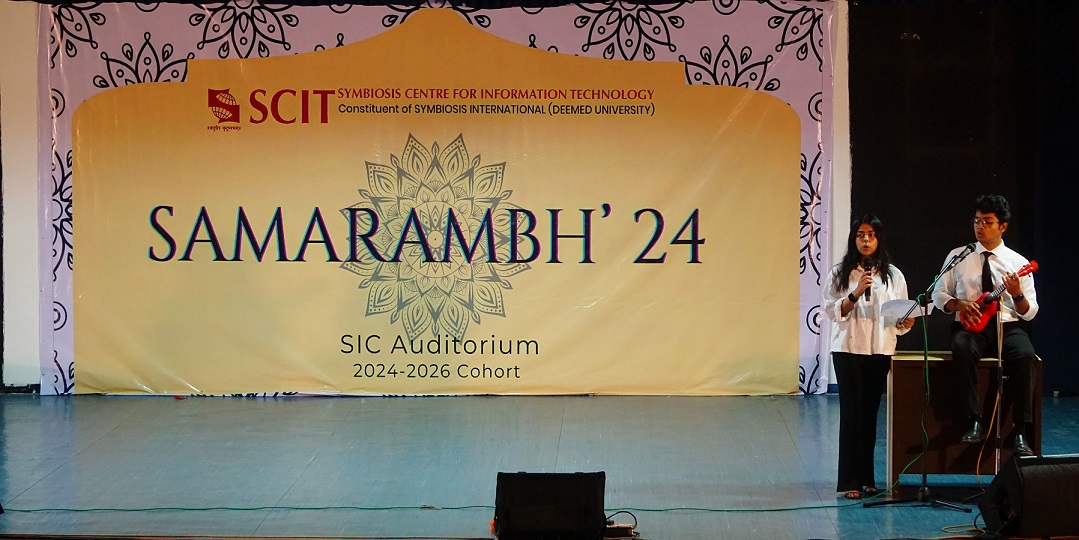Emerging Cyber Threats: A Look into the Future
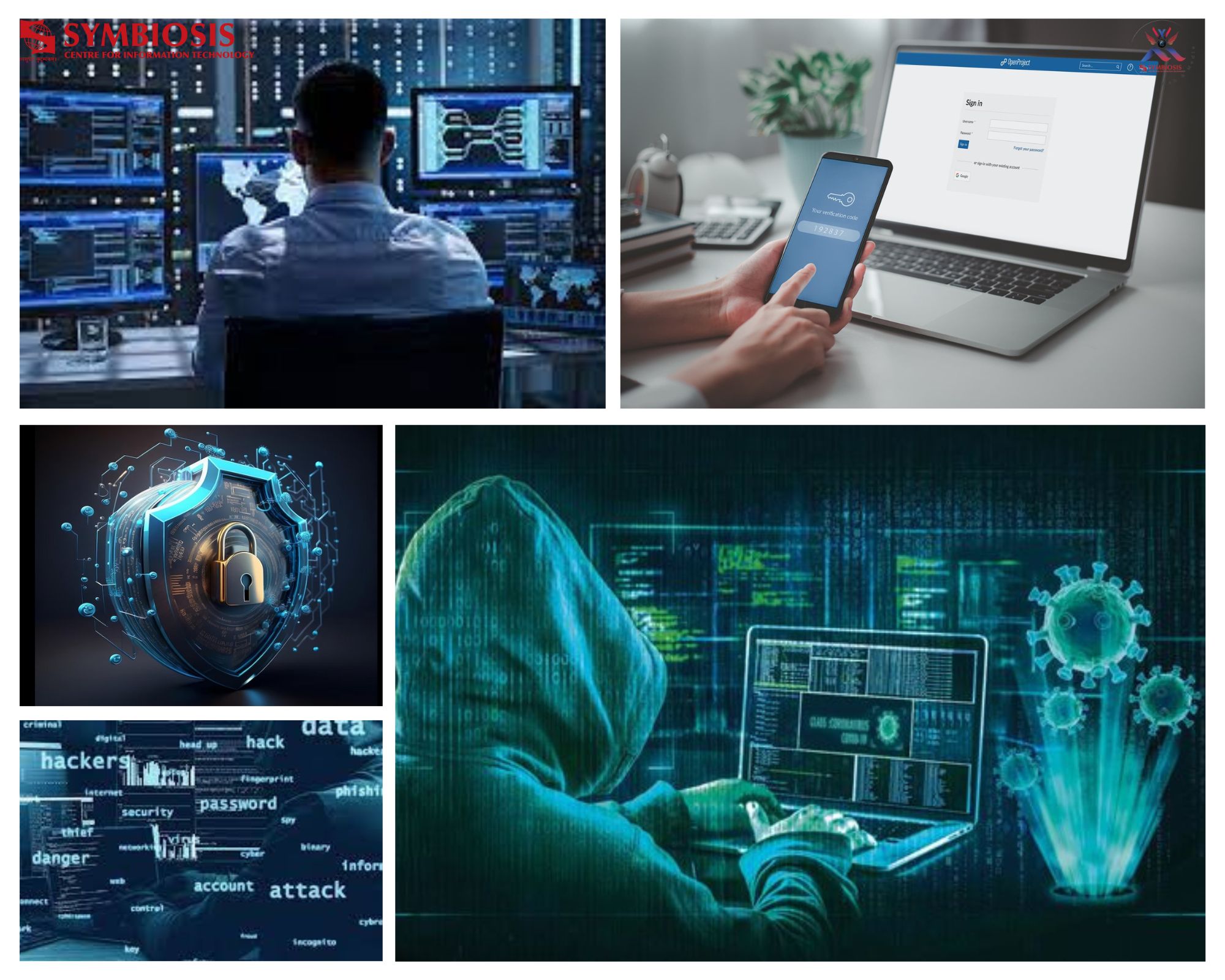
We live in an ever-evolving world of cyber threats and cybercrime. As technology evolves, so do the tools and tactics used by cybercriminals. It is more like perpetually predicting the weather, changing constantly. Some classic examples of cyber threats in recent times are biometrics, which we see today from offices to airports, which have become more commonplace for authentication, and so has the interest of cybercriminals in spoofing fingerprints and faces. Another exciting element is the human element; people are known to be the weakest link in the cybersecurity chain. Social engineering attacks, such as phishing and spear-phishing, continue to be one of the most effective ways for cybercriminals to access sensitive information and systems. In addition, human error, such as clicking on malicious links or falling for scams, can also lead to cyberattacks. Today, businesses depend more on outside suppliers to provide supply chain management, cloud computing, and IT support services. But this dependence on external parties can also make hacks more likely. Cybercriminals may obtain access to the organization’s data and systems if a third-party vendor is compromised. Nowadays, Deepfake technology is reaching new heights. The ability to create compelling fake videos or audio recordings could have severe implications, from misinformation campaigns to impersonation attacks. Updating software, using multi-factor authentication, and educating the public and staff about cybersecurity are all necessary actions to prevent and lessen the impact of these cyber threats. Significantly, we live in a digital jungle, and the best defense and mitigation is the amalgamation of vigilance and awareness of cybersecurity practices.





